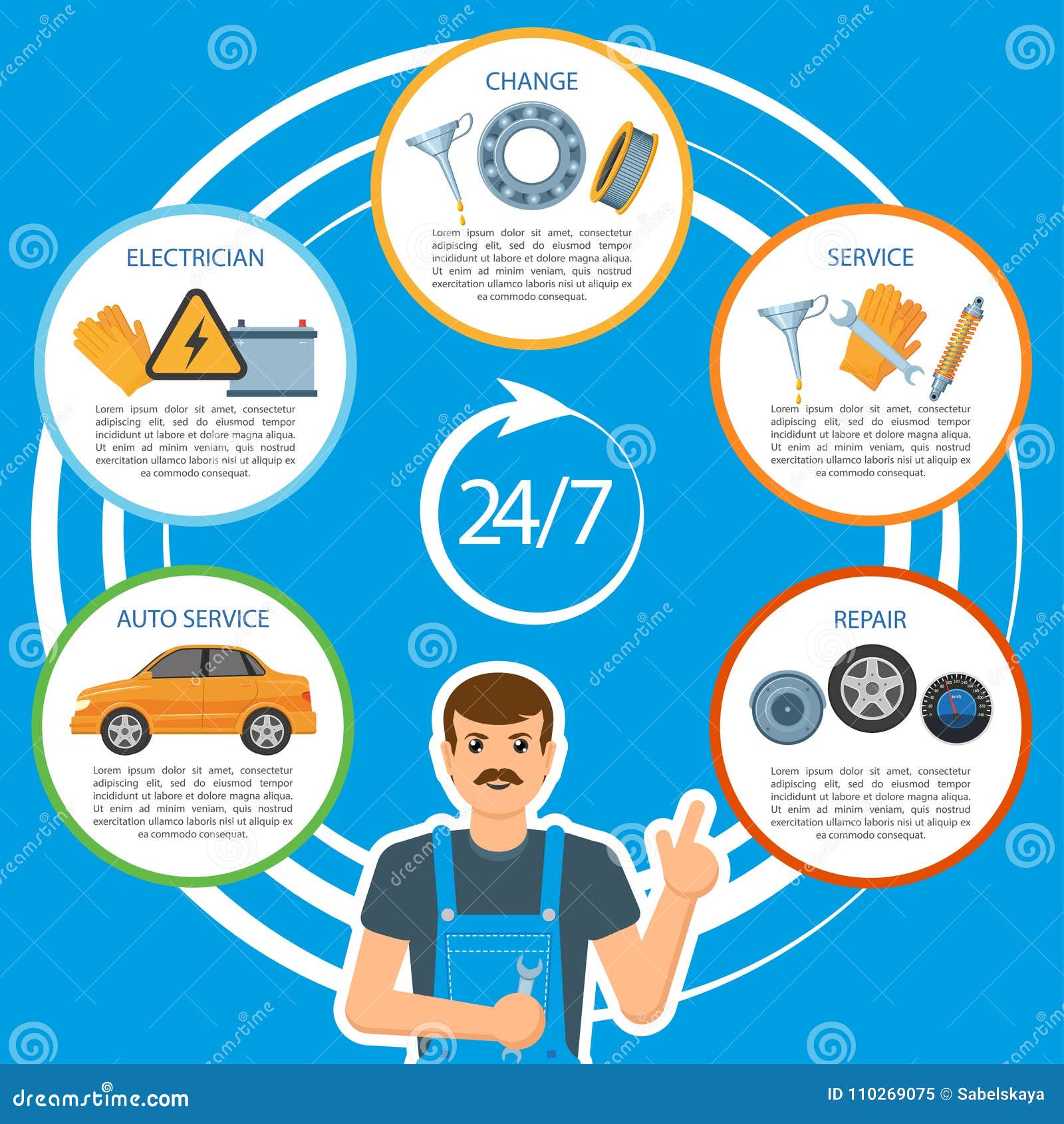Intend To Discover More Regarding The Warning Lights On Your Control Panel? Reveal What They Show Concerning Your Car'S Health And Safety
Intend To Discover More Regarding The Warning Lights On Your Control Panel? Reveal What They Show Concerning Your Car'S Health And Safety
Blog Article
Short Article By-Lim Alvarado
When you lag the wheel, those beautiful warning lights on your control panel can be a bit bewildering. Do you know what they're trying to inform you regarding your cars and truck's health? Understanding pop over to this site of these lights is important for your security and the durability of your car. So, the next time among those lights appears, would not you want to decode its message properly and take the necessary actions to resolve it?
Common Caution Lights and Interpretations
Determine typical caution lights in your auto and comprehend their meanings to guarantee secure driving.
The most typical warning lights consist of the check engine light, which signals concerns with the engine or discharges system. If this light begins, it's crucial to have your vehicle checked promptly.
The oil stress warning light suggests low oil stress, calling for instant focus to stop engine damages.
A flashing battery light could recommend a faulty billing system, potentially leaving you stranded if not dealt with.
The tire pressure tracking system (TPMS) light signals you to reduced tire pressure, affecting car stability and gas efficiency. Ignoring this can lead to unsafe driving problems.
The abdominal muscle light shows a problem with the anti-lock stopping system, endangering your capacity to quit rapidly in emergencies.
Last but not least, the coolant temperature level warning light warns of engine overheating, which can result in extreme damage if not resolved quickly.
Understanding these usual caution lights will certainly aid you address concerns promptly and keep safe driving problems.
Significance of Prompt Interest
Comprehending the usual caution lights in your car is only the primary step; the importance of quickly resolving these warnings can not be emphasized enough to guarantee your security when driving.
When a caution light illuminates on your control panel, it's your cars and truck's way of communicating a potential concern that needs focus. Ignoring these cautions can cause a lot more severe issues later on, endangering your security and potentially costing you more out of commission.
Prompt attention to warning lights can avoid break downs and mishaps. For example, a flashing check engine light might suggest a misfire that, if left unattended, might trigger damage to the catalytic converter. Addressing car cleaning supplies can conserve you from an expensive repair service.
Similarly, a brake system advising light might signify reduced brake liquid or worn brake pads, vital parts for your security when driving.
Do It Yourself Troubleshooting Tips
If you see a warning light on your control panel, there are a couple of do it yourself fixing pointers you can try before looking for professional help.
The first step is to consult your vehicle's guidebook to understand what the certain caution light shows. Often the concern can be as straightforward as a loose gas cap setting off the check engine light. Tightening the gas cap may resolve the issue.
One more usual concern is a reduced battery, which can trigger different warning lights. Examining the battery connections for deterioration and ensuring they're safe and secure may deal with the trouble.
If a caution light continues, you can attempt resetting it by separating the auto's battery for a couple of minutes and then reconnecting it. Additionally, checking your automobile's liquid degrees, such as oil, coolant, and brake fluid, can help fix advising lights related to these systems.
Verdict
To conclude, understanding your vehicle's caution lights is essential for maintaining your vehicle running smoothly and safely. By promptly resolving these alerts and understanding what they indicate, you can prevent pricey repairs and potential break downs.
Bear in mind to consult your auto's handbook for particular information on each advising light and do something about it as necessary to guarantee a trouble-free driving experience.
Remain educated, stay safe when traveling!
